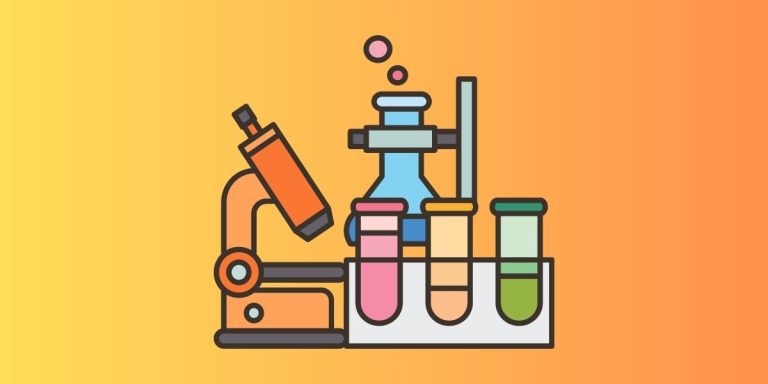The Social Cure for Misinformation: Why Facts Alone Aren’t Enough
The proliferation of misinformation, particularly regarding crucial scientific topics like vaccines and climate change, poses a formidable challenge to public health and environmental progress. While scientists often attempt to counter falsehoods with factual evidence and preemptive warnings, these approaches often fall short. The reason? Human beliefs are not solely shaped by rationality but are deeply intertwined with social identities and community norms. Challenging deeply held beliefs can trigger defensive reactions, making individuals cling even tighter to their convictions, especially when those beliefs are reinforced within their social circles. Therefore, effectively combating misinformation requires understanding and leveraging the very social dynamics that contribute to its spread.
The limitations of fact-based arguments become evident when considering how individuals process information. While people readily accept facts that don’t threaten their worldview, information that clashes with pre-existing beliefs, cultural values, or social identities can trigger a defensive response. This reaction isn’t simply intellectual but also physiological, with the body releasing stress hormones as if facing a personal attack. Consequently, individuals may reject new information out of hand, even if supported by strong evidence. This phenomenon is further compounded by the influence of social networks. Humans are social beings who seek validation from trusted sources within their communities. If a particular belief is prevalent within a social group, individuals are more likely to adopt that belief, regardless of its factual accuracy.
This dynamic explains why misinformation often clusters within specific social and geographical pockets, creating echo chambers where skepticism is reinforced. In these environments, presenting more evidence can be counterproductive, leading to further entrenchment of false beliefs. The key to changing minds, therefore, lies not in simply providing more facts but in engaging with individuals within their social contexts, leveraging trust and shared identities to foster acceptance of scientific consensus.
A compelling example of this approach is India’s successful polio eradication campaign. In 2009, India accounted for half of the world’s polio cases, concentrated in vaccine-hesitant regions. However, by 2011, cases plummeted to just one, culminating in official eradication in 2014. This dramatic turnaround was achieved not through forceful persuasion but through community engagement. Public health agencies recruited volunteers from within resistant communities, training them to act as vaccine ambassadors. These individuals, trusted members of their social circles, built rapport with hesitant parents, patiently addressing their concerns and building trust through regular interactions. This personalized approach proved far more effective than previous efforts by outside health workers. As more parents chose vaccination, a tipping point was reached, transforming vaccination into a social norm.
Another powerful strategy for addressing misinformation is deep canvassing, a communication method that prioritizes empathetic dialogue over factual arguments. Unlike traditional canvassing, which targets existing supporters, deep canvassing proactively engages with those holding opposing views, particularly within communities where specific issues are contentious. Trained canvassers engage in respectful conversations, listening to concerns and sharing personal stories to build human connections. This approach helps to de-escalate defensiveness and create an environment conducive to reconsidering deeply held beliefs.
The effectiveness of deep canvassing is illustrated by the work of Neighbours United, a Canadian environmental nonprofit. In Trail, British Columbia, a community economically tied to a large smelter, climate action faced strong resistance. Previous attempts to promote environmental awareness had failed. However, Neighbours United’s deep canvassing efforts, focused on listening to residents’ concerns and highlighting local environmental successes, resulted in a significant shift in public opinion. One-third of residents changed their views on the importance of climate action, leading the City Council to commit to 100% renewable energy by 2050.
These examples demonstrate that effective science communication requires moving beyond simply presenting facts and embracing the power of human connection. Building trust, actively listening to concerns, and engaging with communities in meaningful ways are essential to overcoming resistance and fostering acceptance of scientific evidence. The same social networks that facilitate the spread of misinformation can, when strategically leveraged, become powerful tools for disseminating accurate information and promoting positive change. This involves recognizing that science communication is not just about transmitting knowledge but about building relationships, fostering trust, and creating a shared understanding within communities.
The concept of "access points," as described by sociologist Anthony Giddens, highlights the importance of interpersonal interactions between experts and the public. These interactions, often face-to-face, humanize scientific figures and build trust in scientific institutions. When individuals see scientists not as distant authorities but as empathetic and approachable figures, they are more likely to engage with scientific information openly and receptively. This underscores the value of community-based initiatives that bring scientists and the public together in informal settings, fostering dialogue and building bridges of understanding. The success of India’s polio campaign and Neighbours United’s deep canvassing efforts underscores the transformative potential of such approaches. By working with, rather than against, human social nature, we can create a more fertile ground for scientific literacy and evidence-based decision-making. These are not mere public relations exercises but crucial steps in building a society more resilient to the corrosive effects of misinformation. In the fight against misinformation, personal connection and community engagement are not just valuable assets; they are essential components of a winning strategy.


